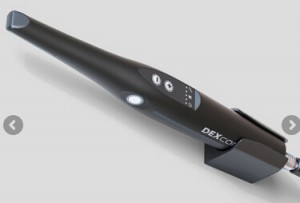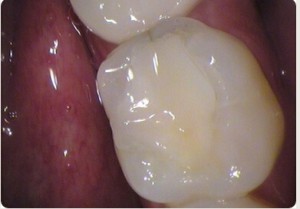1.Be sure your hand fits comfortably on the wireless intraoral camera while using it. Hold it like a high-speed hand piece, and maneuver it as you would during an exam. If your hand fatigue exists after a short period, the hand piece may be too narrow, forcing you to squeeze rather than lightly grasping.
2.Make certain any focus adjustment provides an adequate depth of field at all settings. Do your video tour inside the mouth using both “macro” and “normal” settings. If you need to refocus repeatedly, then the depth of field is inadequate for your purposes.
3.Test handle-mounted freeze buttons to ensure easy operation and adequate capture speeds. This feature replaces foot controls to freeze an image, but pressing the button with your index finger causes movement at the tip of the instrument. Movement causes blurred images in units with inadequate capture speeds. Try this for yourself.
4.Check out the umbilical cord where the hand piece and cable attach. Pay special attention to the connection points because these areas are most susceptible to damage under regular use. Common symptoms include fraying of the umbilical or intermittent loss of image as the camera is moved.
5.Ensure that image artifacts (tiny colored spots surrounding shiny areas of the image) are kept to a minimum. These artifacts are illusive and can make images appear sharper than they really are. These colored spots can be annoying over time and may lead to mis-diagnosis.
6.Mount a protective sheath on your test-drive model. Make certain the image quality is maintained since this is standard infection control protocol.
7.Rate the image quality and ease of use in its intended environment…in-office and on your patients. Allow your staffs involvement in the decision making process. They will be using the product as much, if not, more than the dentist.
8.Understand the warranty, and look for a minimum of 1 year parts and labor. Ask about the servicing protocol and how the manufacturer will stand behind their product. Does the company offer a replacement or loaner program? If they don’t, question turnaround time on warranty service and parts availability.



